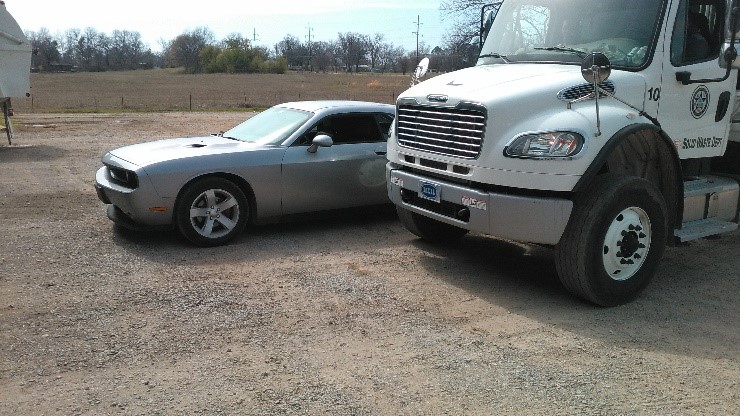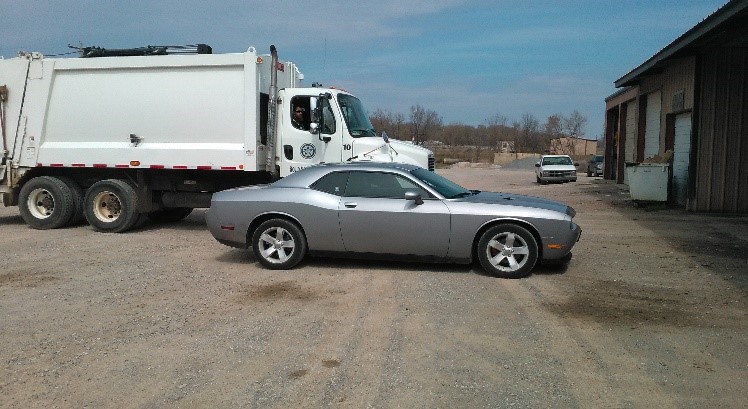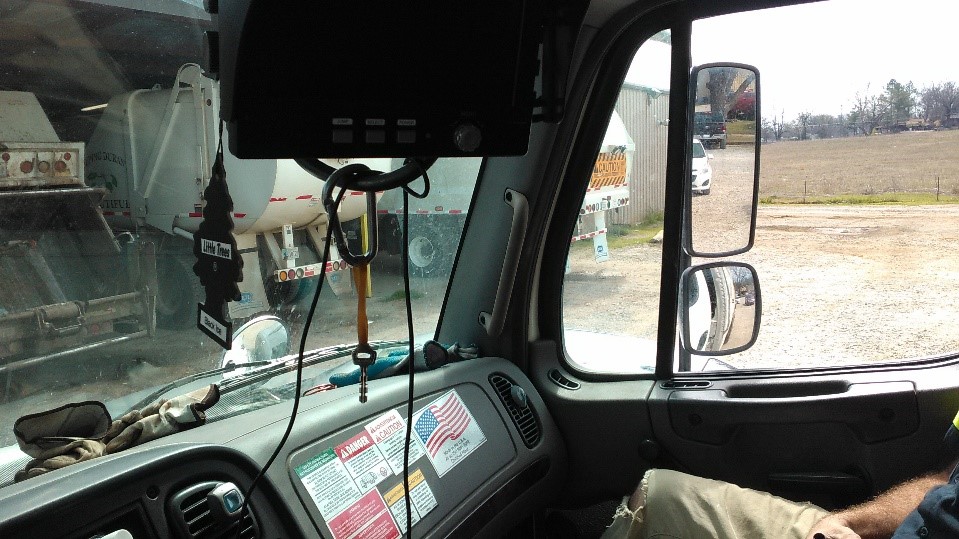How does your municipality handle a vehicular accident when one of your employees is involved and operating a municipal vehicle? Being prepared and knowing what to do if this happens BEFORE it happens is key to promoting a successful outcome.
Do you have your employee contact their department supervisor? Police Department? OMAG would certainly suggest a police report be filed, no matter how minor the accident.
Do they know how to contact an ambulance service if needed?
Do they provide the information on your insurance verification card to the investigating officer?
Have they been advised to make no statement regarding fault at the scene?
Do they know how to assist the other party with the proper method to file a claim with the city?
If appropriate, do they take photos of the accident scene and all vehicles involved?
Are they advised not to make suggestions or recommendations on repair facilities? Making suggestions or recommendations on repair facilities can present uncomfortable situations if that repair facility does not meet the needs of the third party.
These things are very important to be sure that the investigation can be handled correctly. Regardless of whether the city employee feels they are at fault, a thorough investigation should take place to determine liability.
If you have questions about how to handle a situation like this, or if you need help developing a plan, please contact Underwriting Director Chris Webb at cwebb@omag.org or Member Services Director Kyle Waid at kwaid@omag.org.






